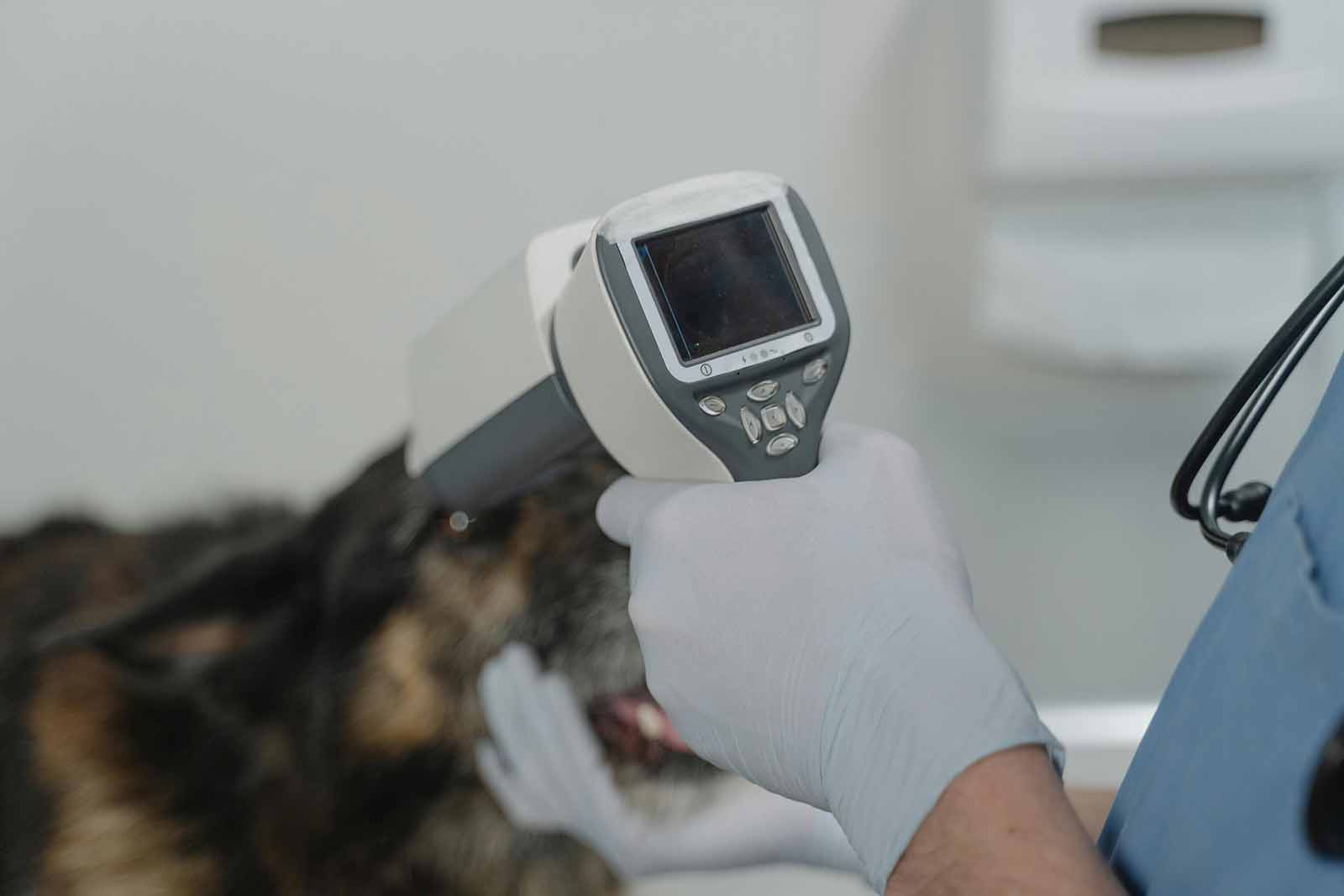

Fleas and ticks are more than just nuisances for pets; they are potential carriers of diseases that can harm both animals and humans. Protecting your furry companions from these parasites is a critical part of responsible pet ownership. With the right strategies, you can keep your pets safe, comfortable, and healthy.
Why Flea and Tick Prevention Matters
Fleas and ticks are external parasites that feed on your pet’s blood, causing discomfort and posing serious health risks. Fleas can cause allergic reactions, skin irritations, and anemia in severe infestations. They also transmit tapeworms and diseases like flea allergy dermatitis. Ticks, on the other hand, are notorious for spreading serious illnesses such as Lyme disease, Rocky Mountain spotted fever, and Ehrlichiosis.

The risk of infestation is year-round, although it tends to peak in warmer months. Since these pests are resilient and prolific, a single flea or tick can quickly lead to an infestation, making preventive measures essential.
Prevention Methods
Natural Alternatives
Some pet owners prefer natural remedies to chemical treatments. Essential oils like lavender, eucalyptus, and cedarwood may repel fleas and ticks when used correctly. However, caution is advised, as some essential oils can be toxic to pets. Always consult a veterinarian before using natural remedies.
The Role of Regular Vet Visits
Routine check-ups are vital for monitoring your pet’s overall health and assessing their risk of flea and tick infestations. Your veterinarian can recommend the most suitable prevention methods based on your pet’s age, breed, and lifestyle.

Conclusion
Flea and tick prevention is a cornerstone of pet care that protects not only your furry friends but also your home and family. By staying proactive and using a combination of effective treatments, environmental control, and professional advice, you can keep these pests at bay and ensure your pets lead happy, itch-free lives.

